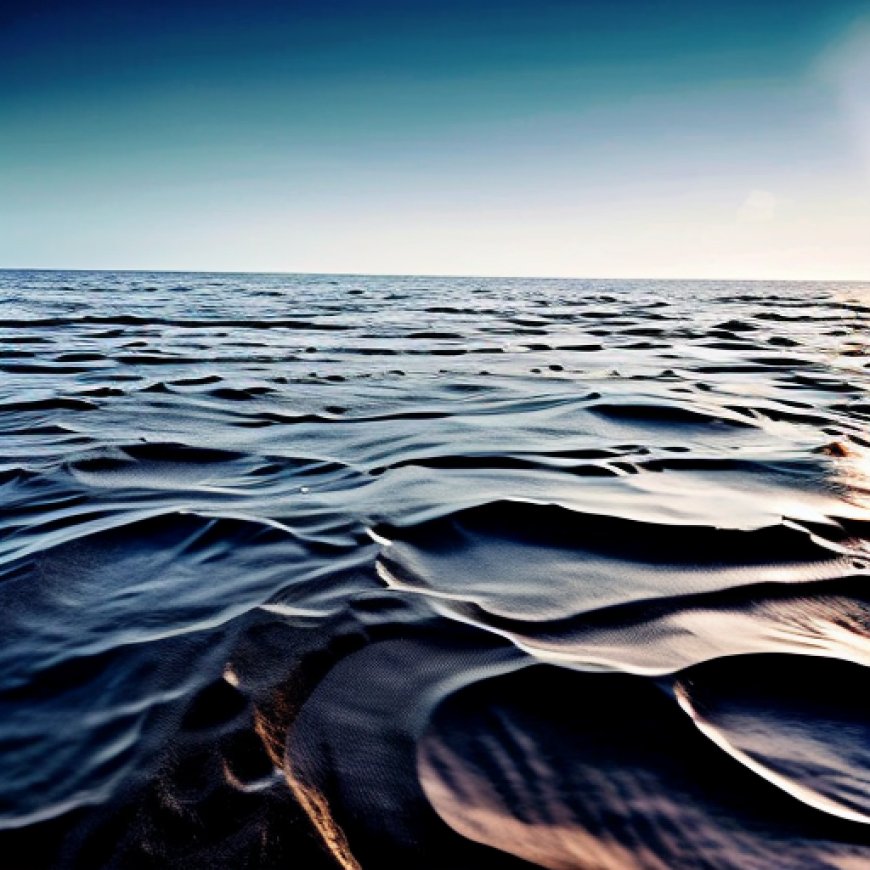Gujarat’s Desalination Revolution: Transforming Seawater into Lifeline | Ahmedabad News – Times of India


Gujarat’s Desalination Projects Moving Ahead

Introduction
Gujarat government’s ambitious plans to transform seawater into a resource for homes, industries, and agriculture are gradually moving ahead. While only one of the five promised desalination plants is currently operational, the remaining four are expected to be up and running by next year.
Sustainable Development Goals (SDGs)
A note prepared by the Gujarat Infrastructure Development Board (GIDB) earlier this month for Gujarat’s water requirement said, “Gujarat’s 1,600-km coastline makes desalination a viable alternative. However, it has not been fully utilized due to high costs, energy-intensive process, and significant capital expenditure for plant setup. Despite these challenges, Gujarat has made some progress in the area by setting up a 100 MLD desalination plant in Dahej.”
Current Progress
Built by the Gujarat Industrial Development Corporation (GIDC) for Rs 881 crore, the Dahej plant was inaugurated by Chief Minister Bhupendra Patel in June 2022. It is the state’s first government-operated facility dedicated to desalinating seawater solely for industrial purposes.
Meanwhile, four more desalination plants are under construction in Devbhumi Dwarka, Bhavnagar, Kutch, and Gir Somnath districts, and are expected to be operational by mid-2025, according to government sources. Once completed, these plants will collectively add 370 MLD to Gujarat’s desalination capacity, mainly addressing domestic water needs.
Government insiders confirm that construction is progressing at different rates, with some projects nearing completion. The primary hurdle lies in processing the highly saline seawater off Gujarat’s coast—ranging from 35,000 to 60,000 ppm (parts per million)—and turning it into usable water. Reverse osmosis, a complex and energy-intensive technology, plays a crucial role in this transformation, making water suitable for irrigation, industries, and other uses.
Future Plans
Additionally, officials revealed that during the Vibrant Gujarat Global Summit, plans were proposed for a new 100 MLD desalination plant in Navsari, signaling the state’s intent to expand its desalination efforts further.
SDGs, Targets, and Indicators
1. Which SDGs are addressed or connected to the issues highlighted in the article?
- SDG 6: Clean Water and Sanitation
- SDG 9: Industry, Innovation, and Infrastructure
- SDG 13: Climate Action
2. What specific targets under those SDGs can be identified based on the article’s content?
- SDG 6.4: By 2030, substantially increase water-use efficiency across all sectors and ensure sustainable withdrawals and supply of freshwater to address water scarcity.
- SDG 9.4: By 2030, upgrade infrastructure and retrofit industries to make them sustainable, with increased resource-use efficiency and greater adoption of clean and environmentally sound technologies and industrial processes.
- SDG 13.1: Strengthen resilience and adaptive capacity to climate-related hazards and natural disasters in all countries.
3. Are there any indicators mentioned or implied in the article that can be used to measure progress towards the identified targets?
- Indicator for SDG 6.4: Water-use efficiency improvements in desalination plants and reduction in freshwater withdrawals for industrial purposes.
- Indicator for SDG 9.4: Increase in the number of operational desalination plants and their capacity to provide sustainable water supply for domestic and industrial use.
- Indicator for SDG 13.1: Implementation of climate-resilient technologies and processes in desalination plants to mitigate the impact of climate-related hazards.
SDGs, Targets, and Indicators
| SDGs | Targets | Indicators |
|---|---|---|
| SDG 6: Clean Water and Sanitation | 6.4: By 2030, substantially increase water-use efficiency across all sectors and ensure sustainable withdrawals and supply of freshwater to address water scarcity. | Indicator: Water-use efficiency improvements in desalination plants and reduction in freshwater withdrawals for industrial purposes. |
| SDG 9: Industry, Innovation, and Infrastructure | 9.4: By 2030, upgrade infrastructure and retrofit industries to make them sustainable, with increased resource-use efficiency and greater adoption of clean and environmentally sound technologies and industrial processes. | Indicator: Increase in the number of operational desalination plants and their capacity to provide sustainable water supply for domestic and industrial use. |
| SDG 13: Climate Action | 13.1: Strengthen resilience and adaptive capacity to climate-related hazards and natural disasters in all countries. | Indicator: Implementation of climate-resilient technologies and processes in desalination plants to mitigate the impact of climate-related hazards. |
Source: timesofindia.indiatimes.com








